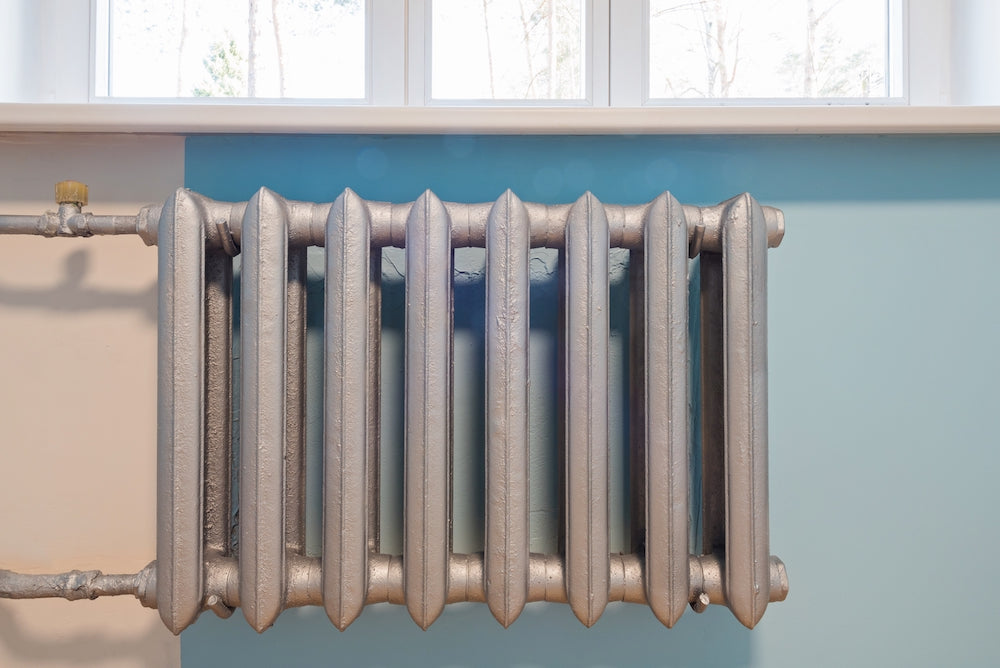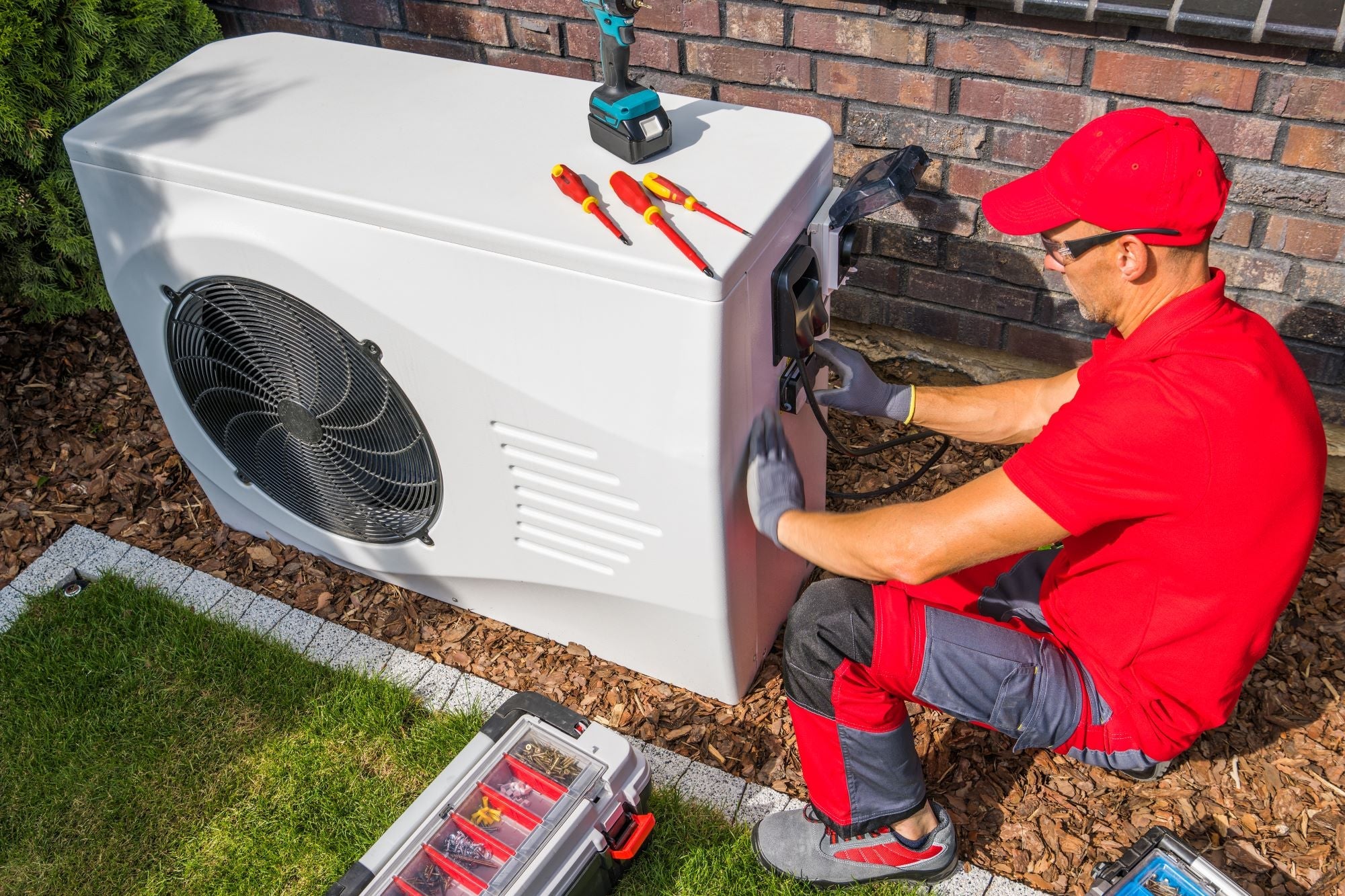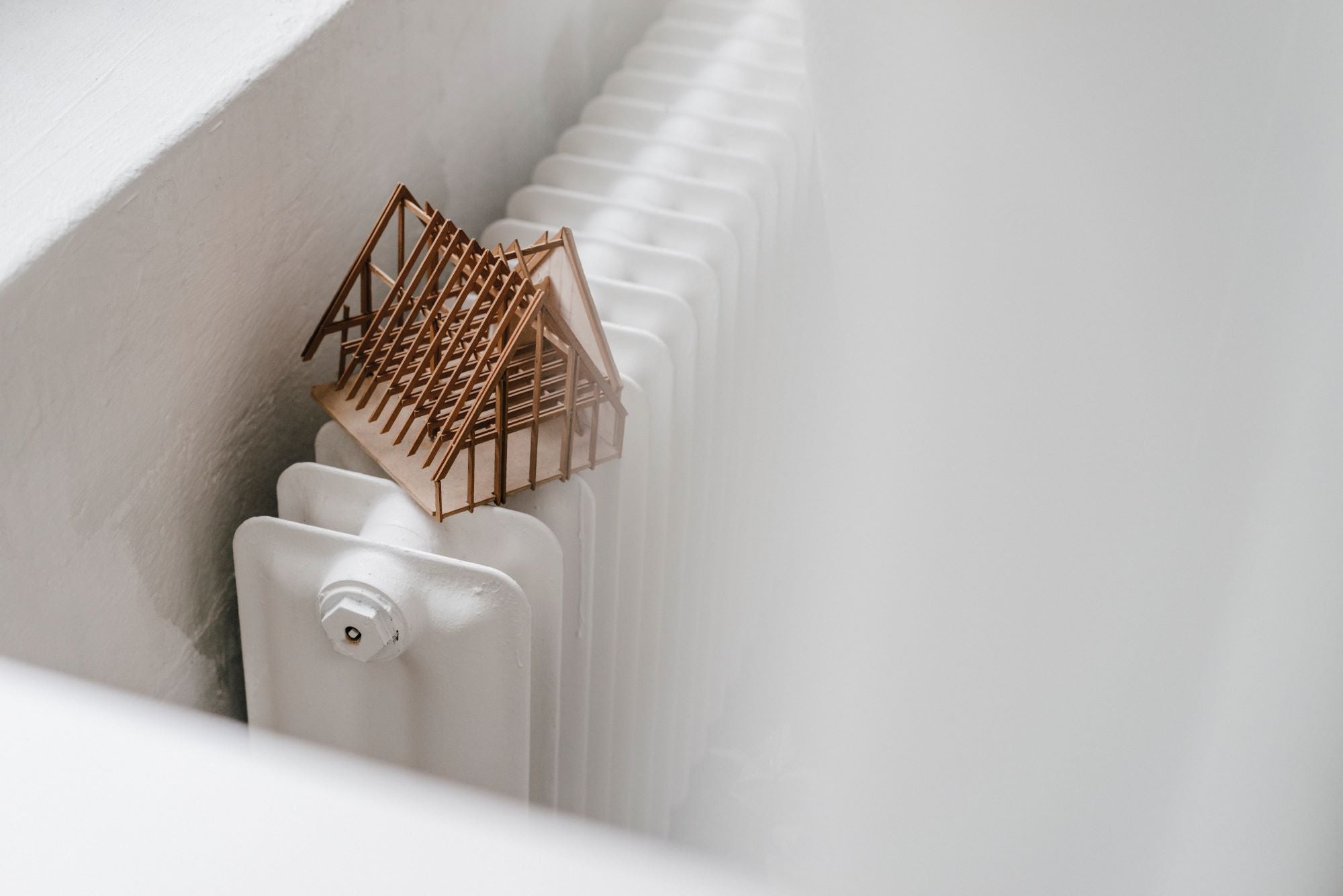Can You Paint A Radiator With Gloss Paint?
Due to its durable nature and shiny finish, gloss paint is suitable for painting on radiators. Gloss paint is commonly used on several pieces in the home such as woodwork, skirting boards, door frames and most importantly, radiators. It can also be used to paint metal surfaces. However, you must use high-quality gloss paint to ensure the shiny finish stays on for the long run. This is why purchasing a specialist and premium radiator gloss paint is highly advisable, as gloss paint is quite costly. Painting your radiators with gloss paint can come with some disadvantages if you’re not careful.
Things To Be Aware of When Using Gloss Paint
Want to achieve a flawless look? Here are some things you’ll want to avoid when painting your radiator.
Yellowing
Some gloss paints such as oil-based and solvent-based paint tend to be yellow once painted onto radiators. This can be disappointing to see after you have spent plenty of time painting your radiator. Therefore, it is recommended to opt for a high-quality paint that will maintain a clean glossy finish rather than using a cheaper alternative.
Cracking
Similarly to yellowing, cracking and peeling can often occur once the paint has settled on the surface due to the radiators expanding and contracting as they heat and cool down. Cleaning and painting the radiator when it is cold helps prevent this issue.
Smell
When using solvent-based gloss paint, they can often come with a pungent, chemical smell. This smell can increase once your radiators warm up and are something to be aware of when using gloss.
How To Paint A Radiator With Gloss Paint
Take a look below at the recommended steps to achieve the perfect glossy finish on your radiator!
- Before any painting commences, make sure to turn your radiator off to give it time to cool down.
- Sand your radiator down using sandpaper to allow the paint to stick to its surface.
- Then prep your radiator by giving it a good clean to remove any unwanted dirt. You can use a damp towel or perhaps use sugar soap to clean the radiator.
- To ensure your flooring is protected, lay down some old covers and sheets.
- Now, it’s time to paint your radiator! You’ll want to paint the radiator slowly while building up layers of gloss. Putting a small amount of paint on the brush and painting only a few coats will do the trick. Remember to let each layer dry before adding another.
- Once you’re finished, we recommend turning your radiator on after 24 hours.
We hope that this article has given you some insight into how to paint your radiator with gloss paint to achieve the best result. Don’t want the fuss of painting a radiator? Check out our
extensive range of designer radiators to find the perfect radiator for your home - we’ve got tonnes of colours and options.



















